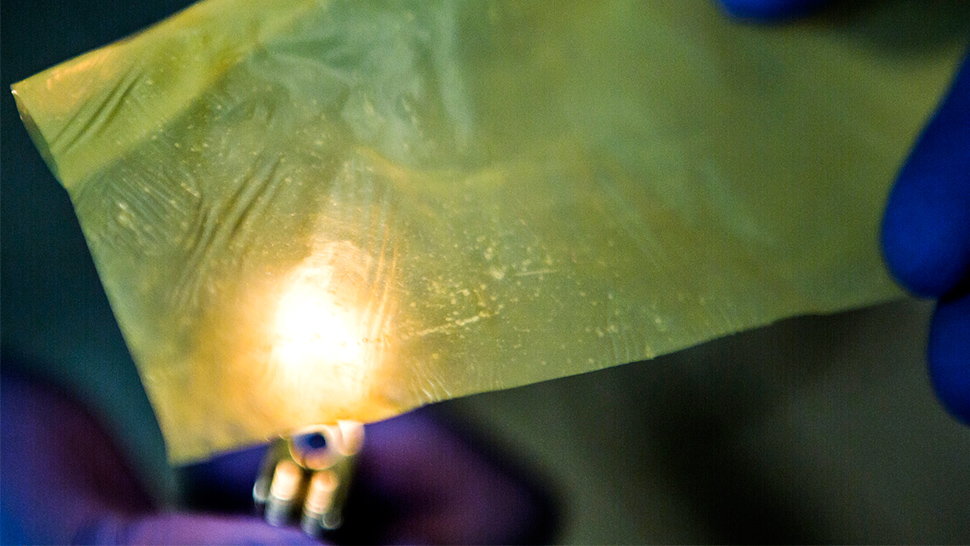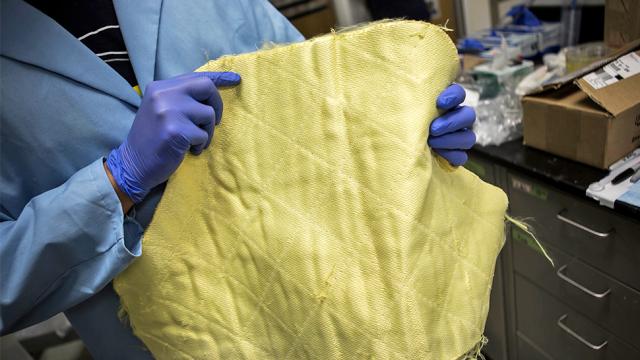One of the most common reasons that batteries explode and catch fire — like on Boeing’s 787 Dreamliner — is because over time small conductive pathways grow inside the battery’s inner structure that eventually cause it to short out with disastrous results. But Nicholas Kotov, a professor at the University of Michigan, and Siu On Tung, a PhD student, may have come up with a solution to the problem using bulletproof kevlar nanofibres.
Stopping bullets obviously isn’t the primary reason for using Kevlar to build a battery, but it turns out the properties that allow the material to stop projectiles can also help prevent the root cause of battery fires.

Lithium-ion batteries generate current by passing lithium ions between layers of electrodes, but through very specific circuit paths. To prevent those lithium ions from simply jumping directly between electrodes, an insulating membrane is placed in-between each one. However, over time lithium atoms can arrange themselves into fern-like structures called dendrites, and as they grow larger they eventually poke through that insulating membrane until they make contact with a neighbouring electrode causing a short circuit. And as Boeing experienced with some of its 787s, that short circuit can lead to full-on fires.
And this is where Kevlar comes to the rescue. The researchers at the University of Michigan layered nanofibres extracted from Kevlar on top of each other to create very thin insulating sheets. And it turns out the microscopic pores on this new material are actually far too small to allow the tips of those fern-like dendrite structures to poke through and make contact with other electrodes. Individual lithium-ions can still squeeze through as needed, but nothing else.
Kevlar is also a fantastical electrical insulator, and has amazing heat-resistant properties making it especially ideal for use in batteries that can often run hot. Furthermore, the new insulating material developed at the University of Michigan is so thin it will actually allow more electrodes to be packed into a similarly-sized battery, increasing its energy output. So when it goes into production sometime in 2016 it might not only mean smartphones that will never mysteriously explode, but maybe even super-thin smartphones that will actually last through an entire day of use. [University of Michigan]
